The world is full of bizarre and extraordinary creatures that make you do a double take. While some animals, like lions and kangaroos, dominate our imaginations, many lesser-known species hide in plain sight, often in the most unexpected corners of the world. These unique animals, from pink armadillos to translucent frogs, make the planet feel like a much wilder—and weirder—place.
1. Australia: The Quokka
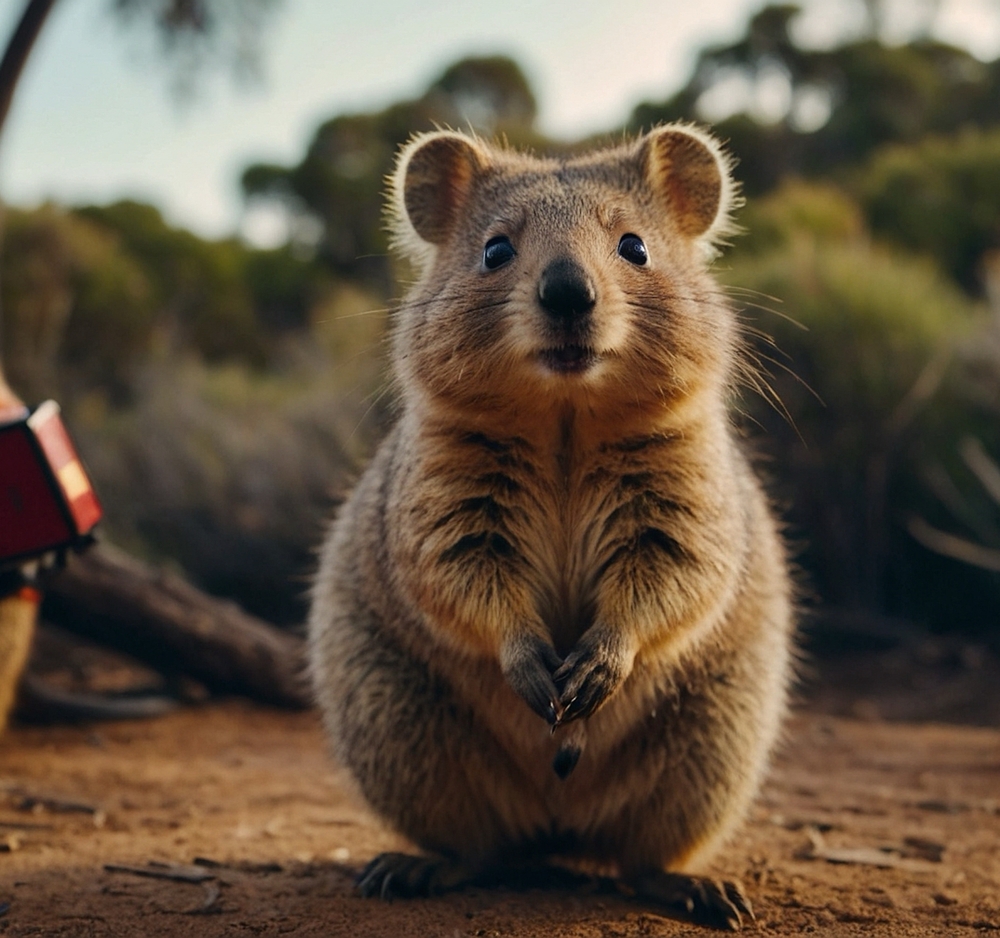
Australia’s wildlife always surprises, but the quokka might be its quirkiest resident. Known as the “happiest animal on Earth,” these small marsupials have a perpetual smile that’s almost too cute to be real. Native to Rottnest Island, quokkas are friendly, curious, and utterly photogenic. While kangaroos and koalas often overshadow them, they’re one of Australia’s best-kept secrets.
2. Madagascar: The Aye-Aye
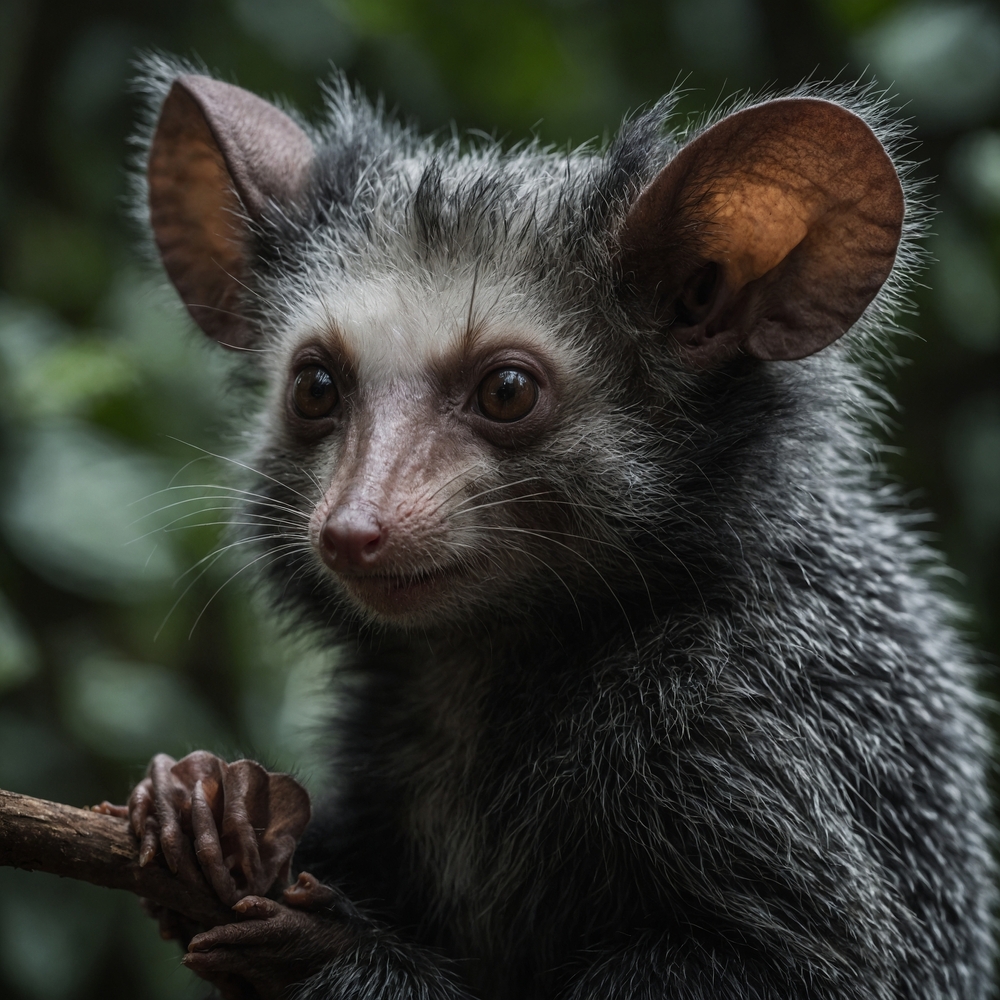
Madagascar is famous for its lemurs, but the aye-aye takes weirdness to a whole new level. This nocturnal primate has a long, skeletal middle finger it uses to tap on tree bark and find insects. Its large, eerie eyes and unique hunting method make it one of the strangest animals on the planet—and a species only found in Madagascar’s dense forests.
3. New Zealand: The Kakapo
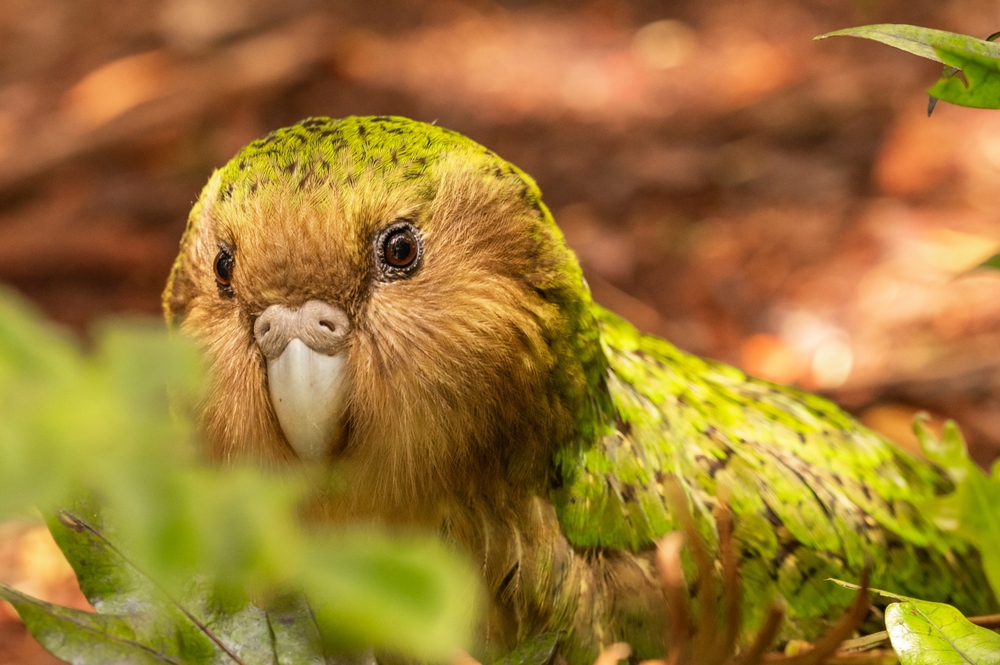
New Zealand’s kakapo is a flightless, nocturnal parrot with a quirky personality. Known for its green feathers and comical waddling gait, this bird is critically endangered and highly unique. Its mating call—a deep, booming sound—can travel for miles, adding to its mystique. If you’re looking for a bird that feels like it stepped out of a fantasy novel, the kakapo is it.
4. Argentina: The Pink Fairy Armadillo
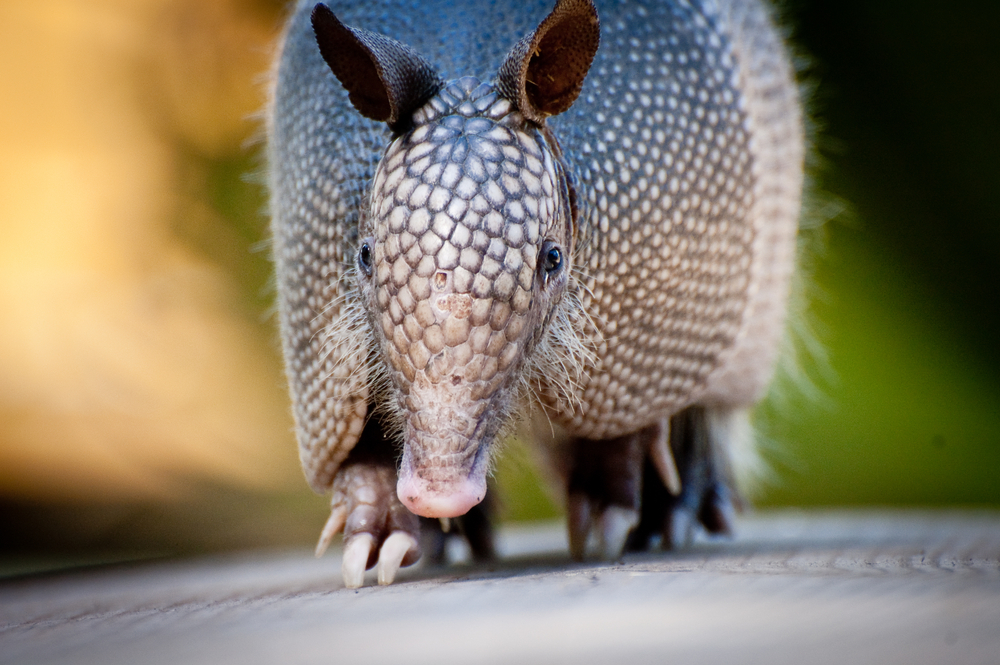
Argentina is home to the pink fairy armadillo, a tiny, adorable creature that looks like a cross between a mole and a shrimp. Measuring just a few inches long, this burrowing animal uses its pale pink shell to dig through sandy soil. Its delicate appearance and elusive nature make it one of Argentina’s most mysterious and fascinating residents.
5. Indonesia: The Babirusa
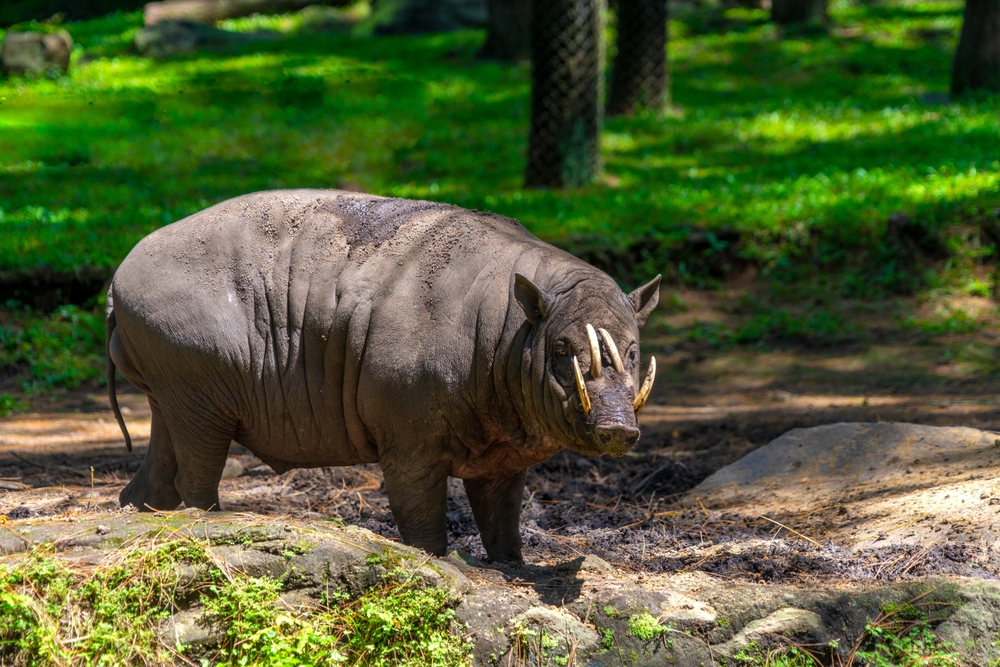
Indonesia’s babirusa, also known as the “deer pig,” is a wild pig species with tusks so long they curve back toward its face. Found on the Sulawesi islands, this odd-looking animal is both fascinating and intimidating. Its tusks are used to attract mates, but their extreme growth gives the babirusa an almost mythical appearance.
6. Brazil: The Maned Wolf
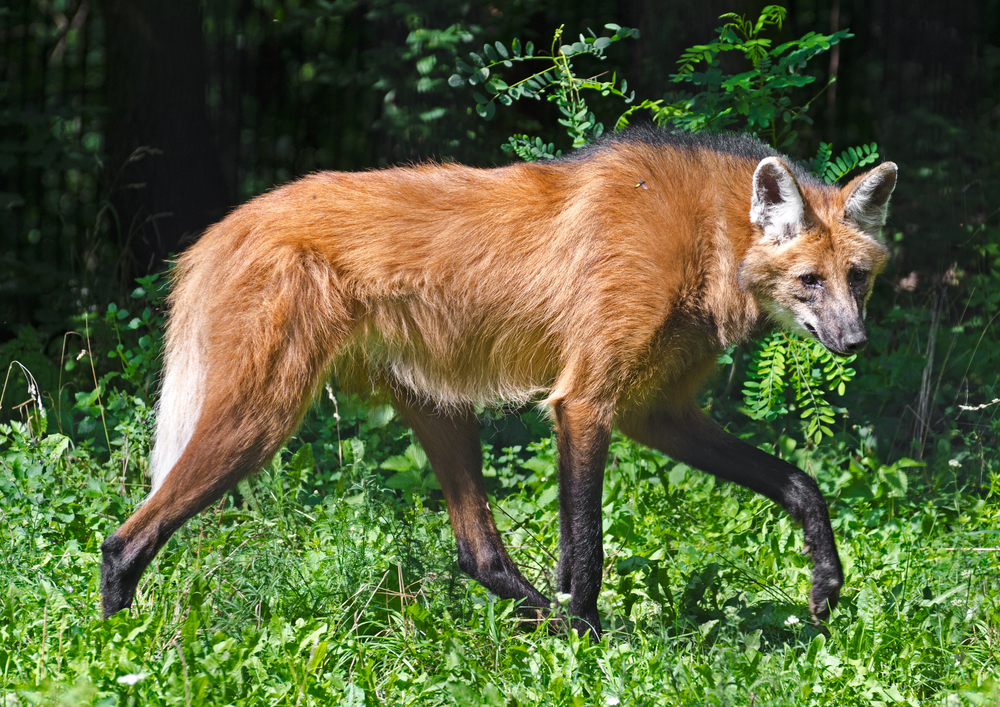
The maned wolf of Brazil is neither a wolf nor a fox but a unique canid with incredibly long legs and a striking red coat. Resembling a fox on stilts, it uses its height to navigate the tall grasslands of South America. Its eerie, high-pitched vocalizations and solitary nature make it one of the most enigmatic animals in Brazil.
7. India: The Purple Frog
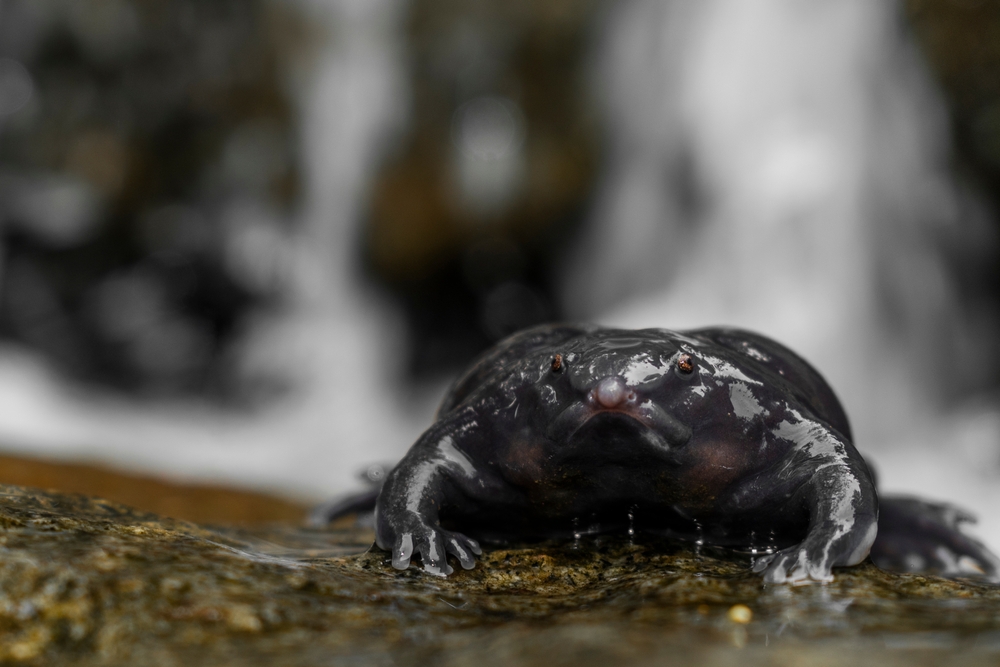
The purple frog is a bizarre amphibian found in India’s Western Ghats. With a bloated, purplish body and a snout-like nose, this frog looks like it belongs in a cartoon. Spending most of its life underground, it only surfaces during the monsoon season to mate. Its odd appearance and secretive lifestyle make it one of India’s weirdest creatures.
8. Papua New Guinea: The Tree Kangaroo
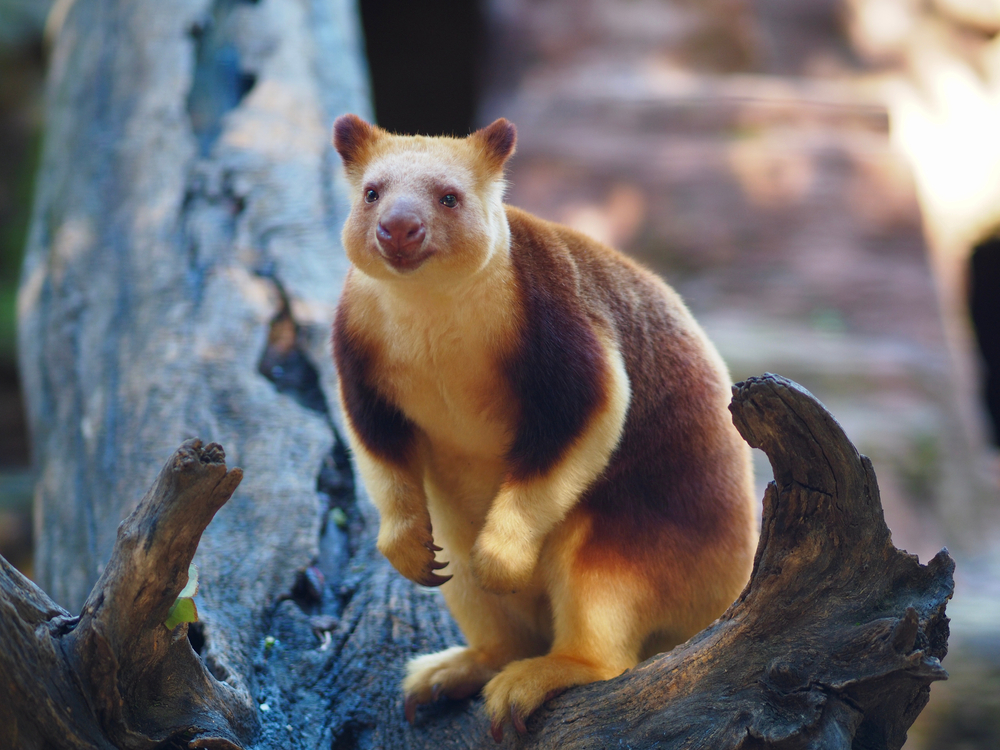
Papua New Guinea is home to the tree kangaroo, a marsupial that’s as awkward as it is adorable. Unlike its ground-hopping relatives, this kangaroo climbs trees with surprising agility. Found in the rainforests of Papua New Guinea, it looks like a mix of a bear, a monkey, and a kangaroo, making it one of the most unique animals on Earth.
9. Congo: The Okapi
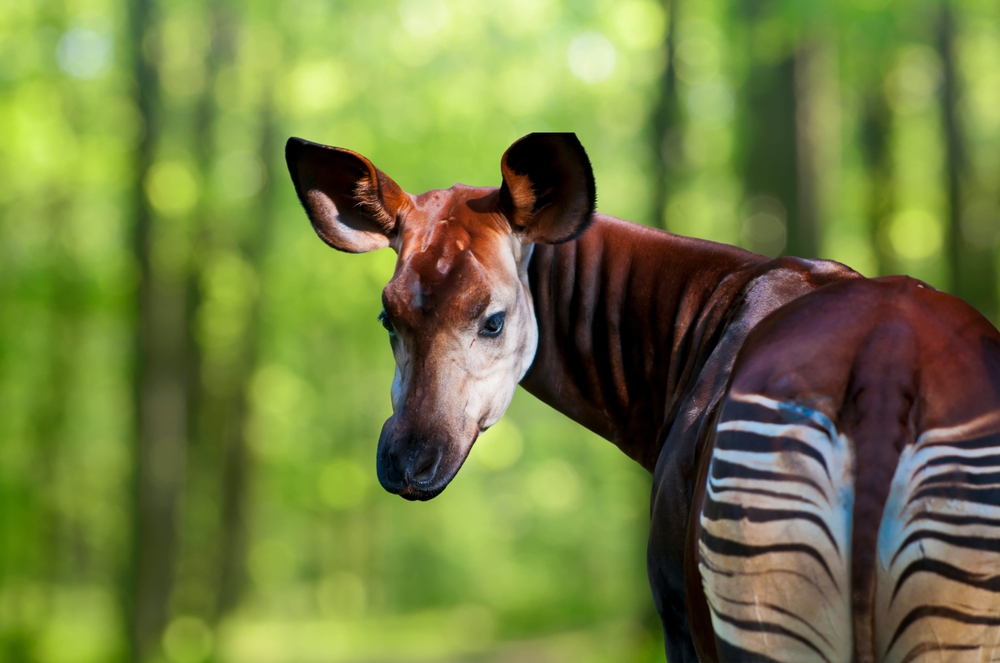
Often described as a cross between a giraffe and a zebra, the okapi is native to the dense rainforests of the Congo. Its striped legs and elongated neck give it an otherworldly appearance. Despite its bizarre looks, the okapi is surprisingly elusive, making it a rare and fascinating find for those exploring Central Africa.
10. Japan: The Japanese Spider Crab
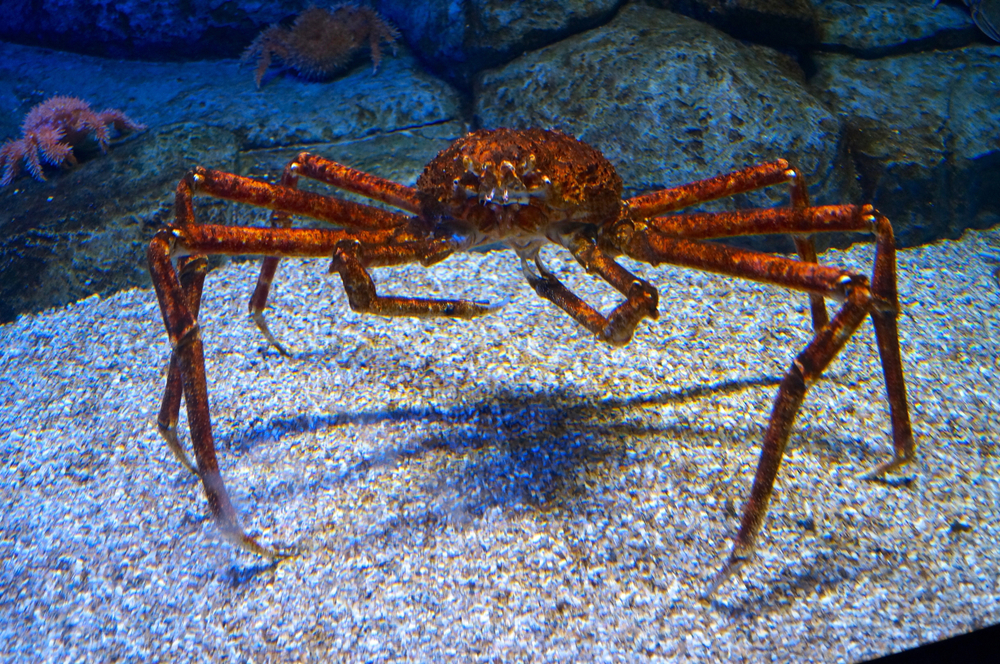
Japan’s spider crab is the stuff of underwater nightmares—or dreams, depending on how you feel about crustaceans. With legs spanning over 12 feet, this giant crab looks like a sea creature from another planet. Found in the deep waters around Japan, it’s both a delicacy and a marvel for divers.
11. Tanzania: The Pangolin
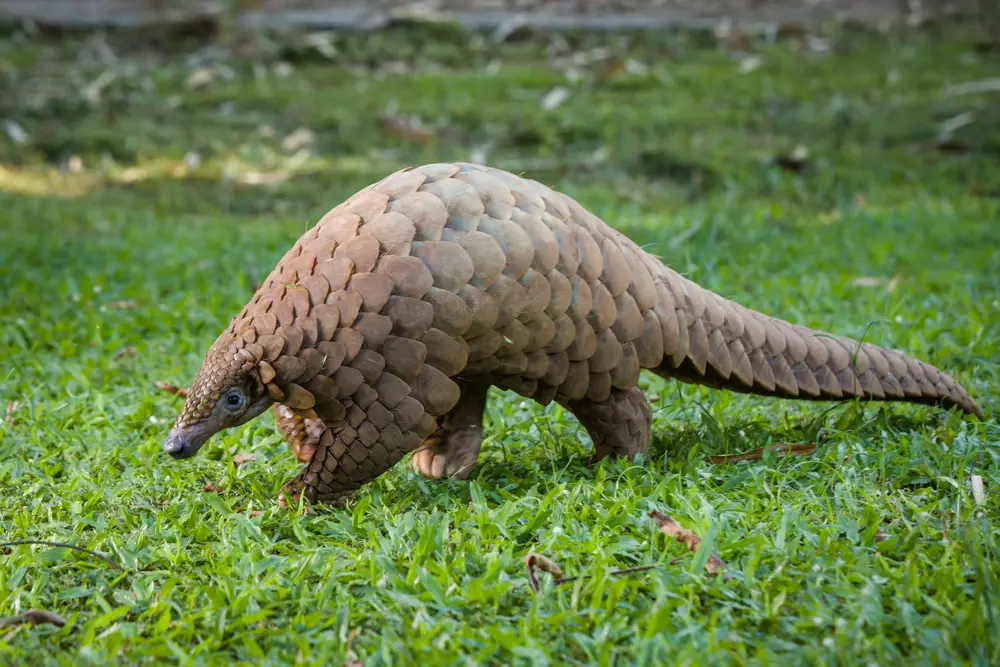
Tanzania’s pangolin is like a real-life Pokémon, with its scaly armor and shy demeanor. This nocturnal creature rolls into a tight ball when threatened, making it look more like an ancient artifact than a living animal. Found in Africa and Asia, the Tanzanian pangolin is particularly remarkable for its insect-eating prowess and unique appearance.
12. Iceland: The Arctic Fox
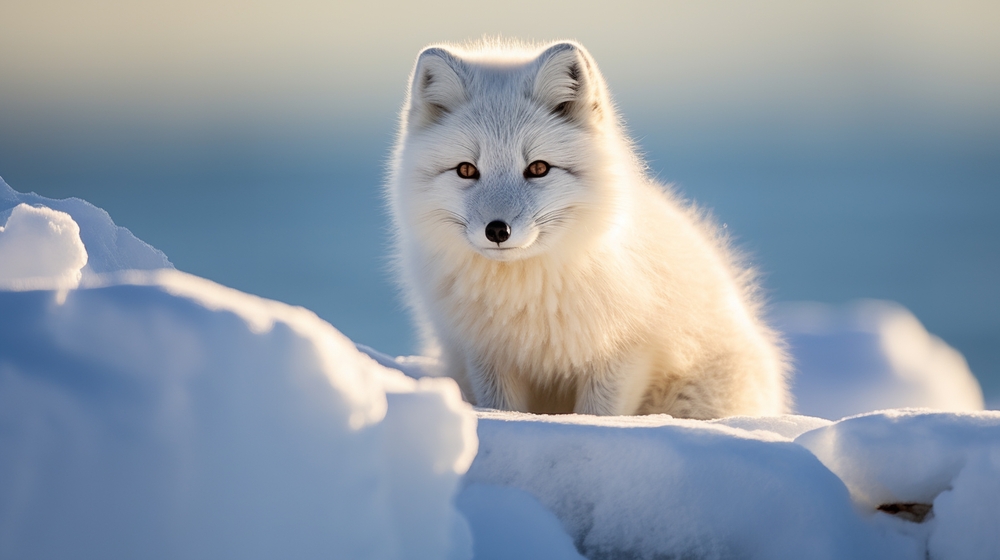
The Arctic fox may seem more cute than weird, but its ability to survive in Iceland’s harsh environment is nothing short of astonishing. With its thick, fluffy coat that changes color with the seasons—from brown in summer to pure white in winter—it’s a master of camouflage. Its resilience and adaptability make it one of Iceland’s most fascinating creatures.
13. Philippines: The Tarsier
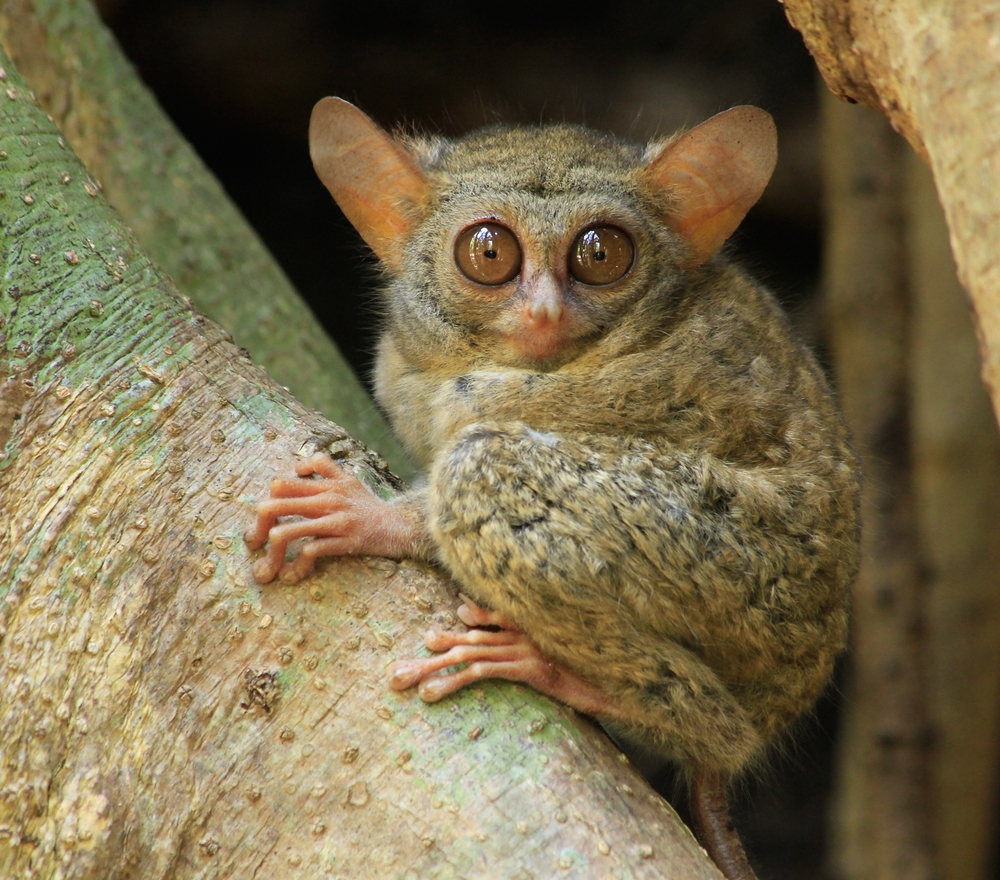
The tarsier of the Philippines is a tiny primate with disproportionately large eyes, giving it a permanently startled expression. No bigger than a human hand, this nocturnal creature leaps easily through the trees. Its wide-eyed, alien-like face makes it one of the most unique animals in Southeast Asia—and one you won’t forget after seeing it.
14. Namibia: The Aardwolf
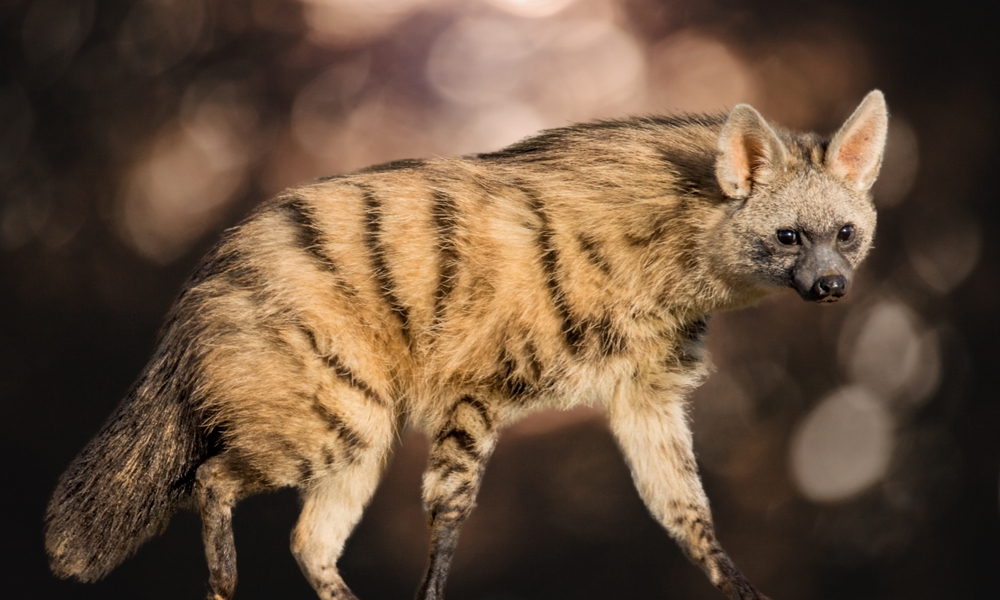
Namibia’s aardwolf is a distant relative of the hyena, but don’t let that fool you—it’s far less intimidating. This nocturnal animal feeds almost exclusively on termites and has a unique, stripe-covered coat. Its timid nature and specialized diet make it one of Namibia’s ecosystem’s strangest yet most endearing predators.
